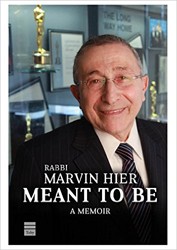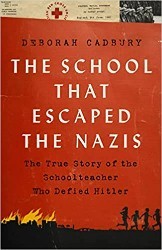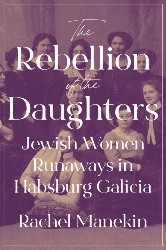Much education about the Shoah is rooted in simple slogans of “Remember” and “Never Again.” The participants in the ongoing Pastora Goldner Holocaust Symposium, whose gatherings sparked the essays in this volume, offer more textured explanations of what happens when scholars and university students study the Shoah together. From every discipline, they demonstrate that scholars’ academic concerns — with establishing the particularities that differentiate the Shoah in one country from the experience in another, for instance — can be the best way to engage students’ curiosity, interest, and ultimately concern for the fundamental questions raised by the Holocaust.
One of the most important threads in the book addresses the arc of (mostly non-Jewish) college students’ emotional experience of Holocaust study. By presenting first-person narratives, primary documents, and the perspectives of perpetrators and bystanders, professors often help their students get past mute horror, despair, or “Holocaust fatigue.” Some essays suggest more than they demonstrate. One, about business ethics and the Holocaust, could just as easily use the Ford Pinto as the major example. Yet on the whole the perspectives offered in this collection are original, nuanced, and even uplifting. Contributors, index.





